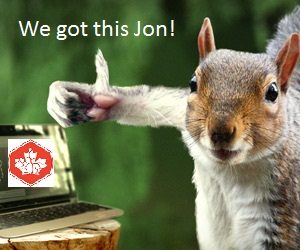A GIS Postgraduate’s Journal – April 21, 2013
April 21, 2013
Two semesters done ..almost. Five more exams to write in a five-day period, and then I’ll have completed two of three semesters. This semester I have studied the following courses:
- Analytical GIS
- Database Design and Management
- Introduction to Remote Sensing
- GIS Customization
- GIS Applications and Modelling
- Cartographic Design and Visualization
In first semester, we began at the basics and progressed rapidly throughout the fall. During winter, we picked up where we left off with no hesitation, and have been going full-steam ever since. You may notice that I am starting to refer to the work ‘we’ did, and what ‘we’ thought as opposed to just myself as in the past. Having the same classes every week with the same people in the same room starts to have its impact after eight months. And I, for one, am enjoying the consistencies of my classmates. You begin to know each other’s capabilities and where they need help, and where they can help you. This is a definite pro to the program, and therefore you will read more of what I see as the common thought processes that have been happening throughout the semester.
We all thought Python was death, and yet when we began C#, we all wanted Python programming back. We also started databases – a class with no cartography and a lot of questions about what were we actually doing. Luckily we were all quite proficient in SQL statements, thanks to our first-year Introduction to Vector GIS course. This helped out, somewhat. Our assignments were chalk full of practical use though, ending in using Quantum GIS to visually represent the outputs. It was hard work and a lot of hours being angry with my computer, and maybe my brain. I’m hoping it’ll prove useful in the real world.
Learning remote sensing seemed to be the course of the semester. It was new, fresh, and a great way to end the week. We worked in groups for our assignment submissions, which can be viewed as valuable experience for our field of work. During in-class practical image interpretation sessions, we presented our findings, which I personally found helpful in the next topic.
The major end of semester work has been dedicated to our final project for the summer semester. For our GIS Project, we had to each find a sponsor and an issue that we could aid in solving using the tools we’ve learnt thus far. We have prepared a proposal, timeline for the work to be completed, and a presentation that laid out the work flow and types of learnings we would be applying. Everyone had really interesting ideas and have been able to integrate their personal interests with their schoolwork. But this is all on hold for now – first is to write five successful exams!
Journal Entries:
April 21, 2013








Good luck on the exams, Deanna!